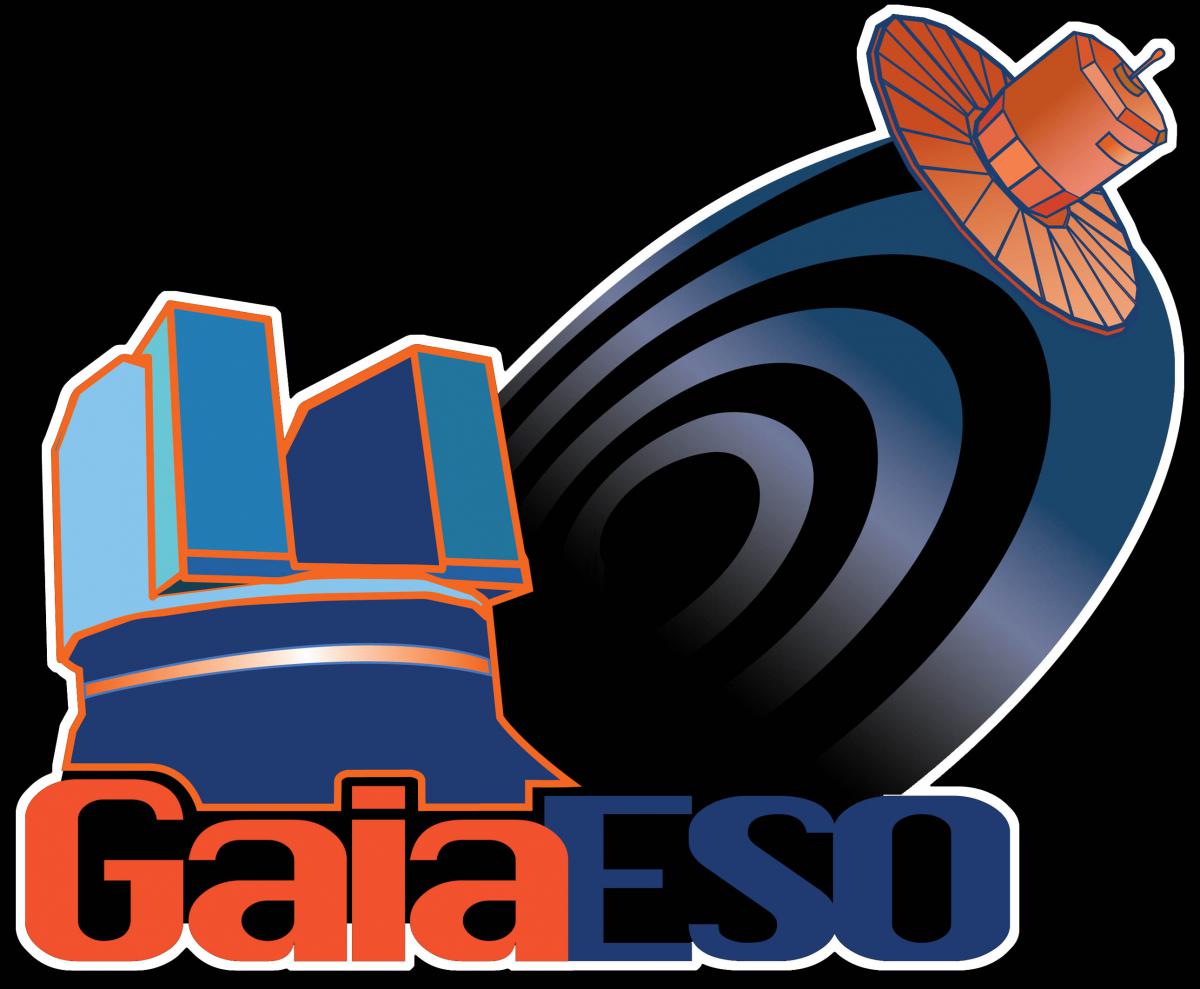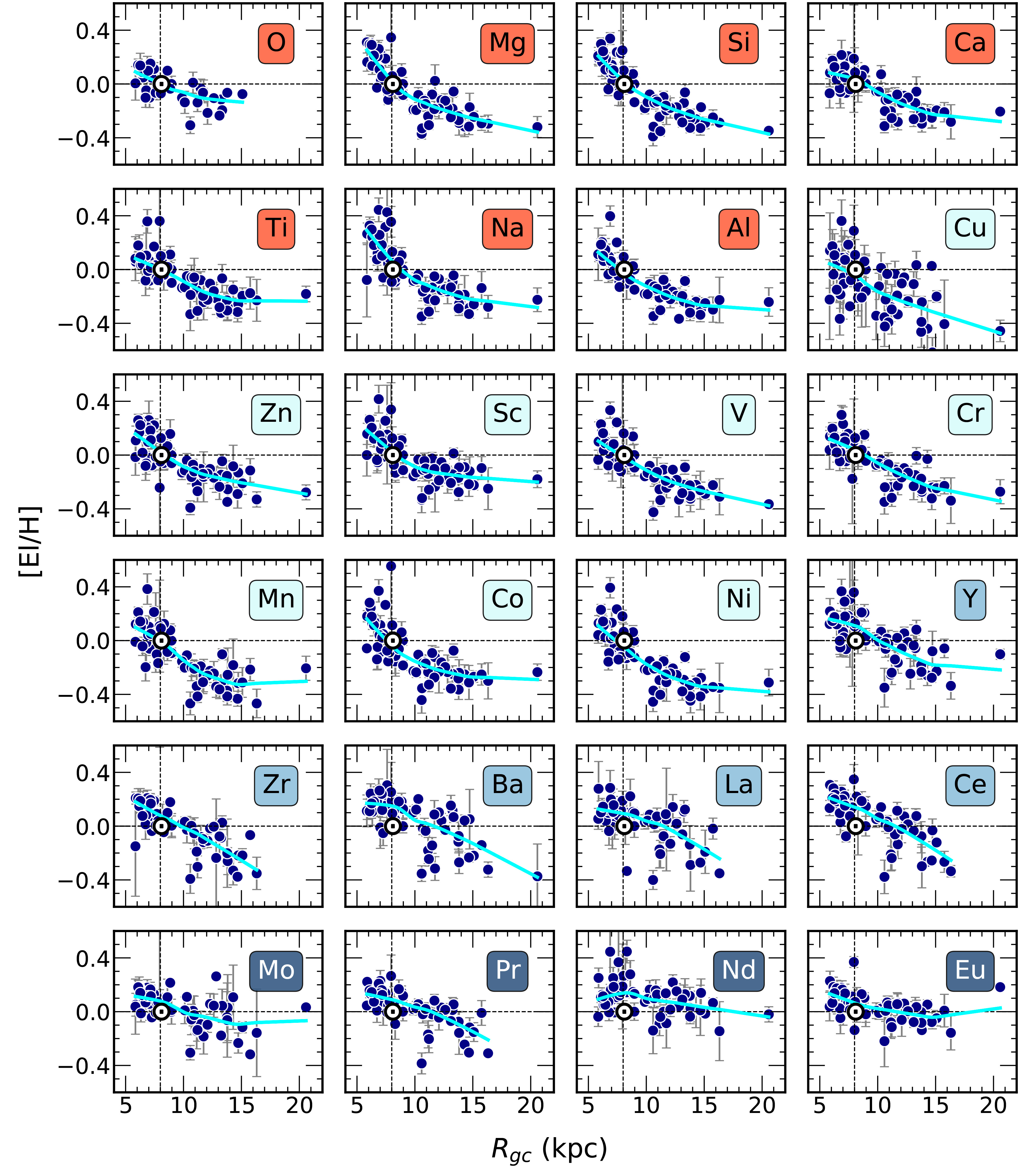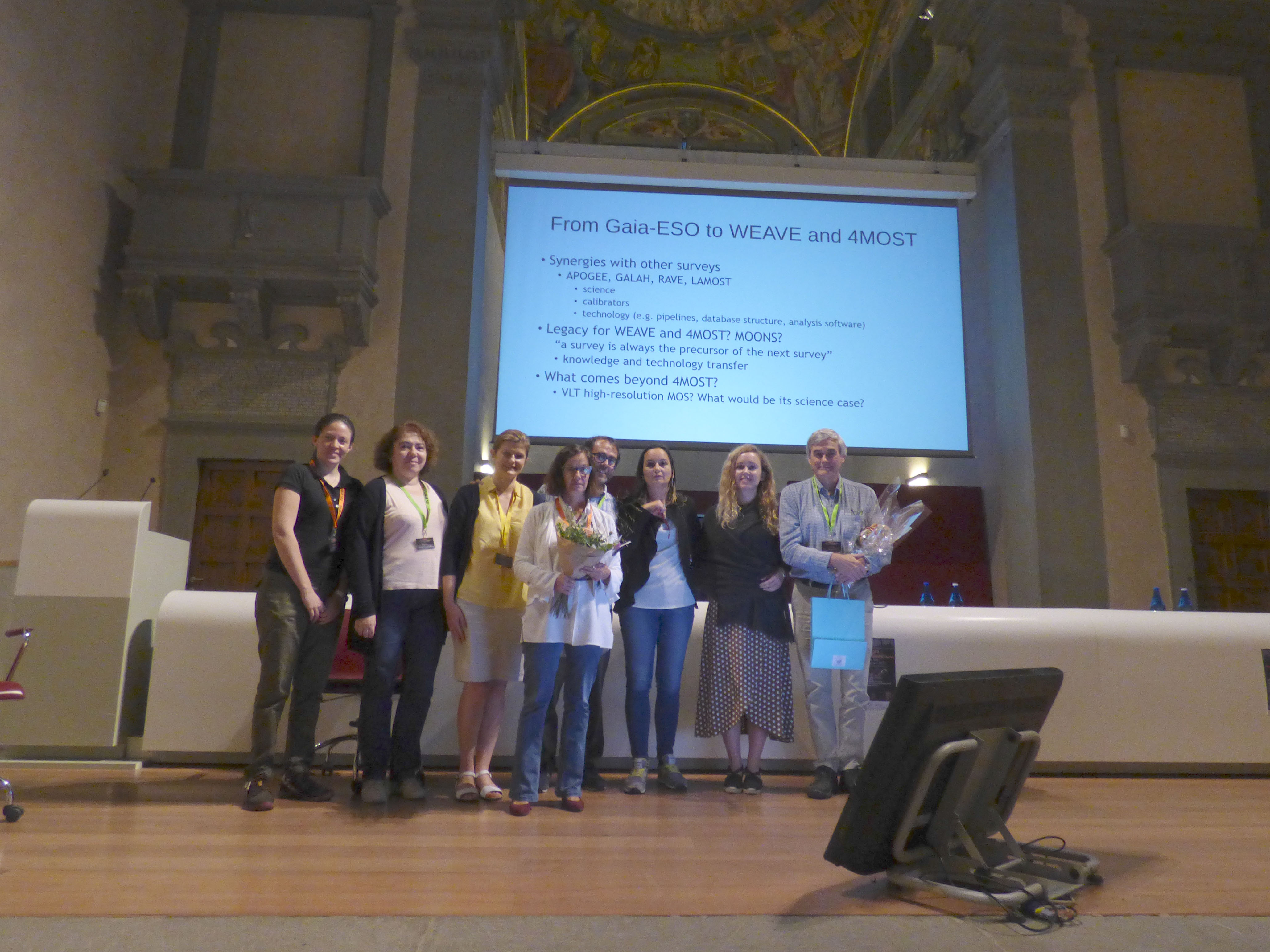The final catalogue of the Gaia-ESO Survey is public
 ESO has just released the final catalogue of the Gaia-ESO Survey (GES), a large public spectroscopic survey carried out with the Very Large Telescope (VLT) of the European Southern Observatory (ESO) in Chile.
ESO has just released the final catalogue of the Gaia-ESO Survey (GES), a large public spectroscopic survey carried out with the Very Large Telescope (VLT) of the European Southern Observatory (ESO) in Chile.
The catalogue contains the astrophysical parameters derived from the analysis of about 190,000 spectra resulting from the observations of 115,000 stars, of all spectral types (O to M) and in all evolutionary phases (from the pre-main sequence to the red giant branch); the stars sample all the components of our Galaxy, the thin and thick discs, the bulge, the halo, and open star clusters covering the entire age range from a few million to many billions years.
GES is the precursor to many following large observing campaigns, and remains the only stellar survey carried out on a 8 m class telescope, which allowed us to observe faint and distant stars. The observations were performed with the multi-object instrument FLAMES at the focus of VLT UT2, using Giraffe and UVES spectrographs, during 340 nights distributed between December 2011 and January 2018. The catalogue is the result of the work of a large consortium in which more than 500 researchers from institutes distributed in various
parts of the world, but mostly European, participated. The consortium worked under the leadership of Gerry Gilmore of the Institute of Astronomy of the University of Cambridge in the UK and Sofia Randich of the INAF Osservatorio Astrofisico di Arcetri.
"It has been a 12-year journey, from the very first meeting at the Osservatorio Astrofisico di Arcetri to the release of the final catalogue. We have successfully faced many challenges and difficulties. Gaia-ESO has produced excellent results, and we expect that the scientific exploitation of the newly released catalogue will lead to many more findings. GES leaves a great legacy, both for the scientific aspects, and in terms of expertise, methodology, and community building; in the era of spectroscopic surveys, Gaia-ESO remains unique in many
respects" says Sofia Randich, director of the INAF Osservatorio Astrofisico di Arcetri.
INAF has played a key role in all the aspects of the survey, from the selection of the targets and planning of the observations, to the data reduction and analysis, to the scientific exploitation. More than 40 INAF researchers from 8 INAF research Institutes (Osservatorio Astrofisico di Arcetri, Osservatorio di Astrofisica e Scienza dello Spazio di Bologna, Osservatorio Astronomico di Capodimonte, Osservatorio Astrofisico di Catania, Osservatorio
Astronomico di Padova, Osservatorio Osservatorio Astronomico di Palermo, Osservatorio Astronomico di Roma, Osservatorio Astronomico di Torino) have been involved in Gaia- ESO, many of them with leading roles.
"The Gaia-ESO Survey has been crucial in creating an international network of researchers with different expertise who have been able to make the best use of the quantity and quality of data collected. Our understanding of the Galaxy's populations has taken an important step forward and now the community is better prepared to face future challenges" says Giuseppina Micela, a member of the Gaia-ESO Steering Committee, INAF Osservatorio Astronomico di Palermo.
“My experience in Gaia-ESO has been very important both from a personal and a working point of view. Gaia-ESO produced excellent data for a large sample of star clusters, which will also be the benchmark for future spectroscopic surveys. Thanks to Gaia-ESO the Italian community felt encouraged to participate in new large projects, such as WEAVE@WHT and 4MOST@VISTA,&;#39; says Angela Bragaglia, of the OAS in Bologna, who coordinated the selection of targets in open clusters.
The final catalogue contains a large number of astrophysical parameters including: radial velocities, characterised by very high precision, which, combined with the proper motions produced by the Gaia satellite, make it possible to study the motion of stars in three dimensions; stellar parameters, such as effective temperature and surface gravity, which enable to derive the evolutionary state of a star and its main properties such as mass and age; global metallicity and the abundances of many chemical elements (up to 31, for a good
fraction of the sample), which represent the fundamental tool for investigating the processes
of Milky Way formation and evolution and stellar nucleosynthesis. The membership probabilities of stars observed in the fields of open star clusters are also included in the catalogue.
The spectra and parameters of the Gaia-ESO Survey released in previous catalogues have already been used by consortium members for many studies that have led to the publication of more than one hundred papers, addressing a wide variety of topics, from the dynamics of young star clusters and their formation, to the calibration and determination of stellar ages, to the evolutionary history of our Galaxy. The spectra and data have also been used by the scientific community at large; a major scientific exploitation of the final catalogue is now expected.
The experience of the Gaia-ESO survey has led to the development of new methodologies for analysing stellar spectra and has significantly contributed to the growth of a community of young astronomers, in Italy and abroad, who now occupy leading positions in major European stellar spectroscopy projects.

Figura 1: the elemental abundance distributions as a function of the Galactocentric distance traced by the Gaia-ESO open cluster sample (from Magrini et al. 2023). In the figure elements are ordered by their nucleosynthesis origin: in red elements produced by massive stars, the so-called alpha-elements, in light cyan iron-peak elements mainly produced by binary systems exploding as SNIa, in cyan elements produced through slow capture of neutrons on iron seed, and finally in blue elements produced via rapid capture of neutrons in explosive events, like mergers of neutron stars.

Figura 2: Gaia-ESO core teams at Osservatorio Astrofisico di Arcetri (Elena Franciosini, Laura Magrini, Germano Sacco) and Institute of Astronomy dell’Università di Cambridge (Anais Gonneau, Anna Hourihane, Clare Worley) with the Principal Investigators Gerry Gilmore and Sofia Randich.
News ESO: https://www.eso.org/sci/publications/announcements/sciann17497.html
News INAF: http://www.inaf.it/it/notizie-inaf/gaia-eso-catalogo-finale
Link catalogue: https://www.eso.org/qi/catalog/show/393



